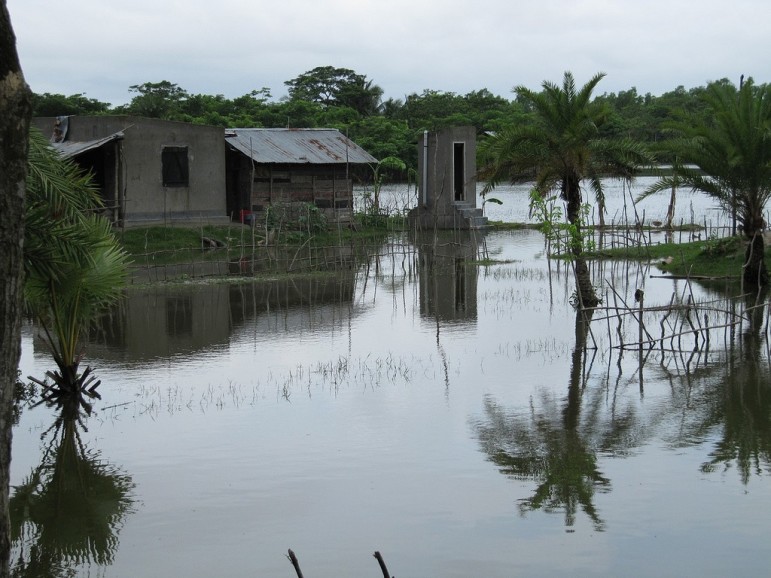
October 28, 2015; The Observer
With the consistency of the tides, money always floods from the public when disaster strikes. But this generous outpouring creates a large pool of problems that detract from an effective response to calamitous events. NPQ has addressed the accountability desperately needed in this area along with the spectrum of issues that hinder aid response in countries like Nepal. Nonprofits such as the Foundation Center and the Center for Disaster Philanthropy have identified problems about relying on individual donors for disaster relief and started educating nonprofits, the public and foundations about effective disaster philanthropy.
Few of us are immune to images of suffering and despair, making disaster relief highly subject to impulse giving, as people respond readily to urgency in donation appeals. But in this Observer article, Robert Ottenhoff, CEO of the Center for Disaster Philanthropy, says that this immediacy isn’t a good thing. “About 90 percent of all dollars are given in the first 90 days after a disaster. Yet, these outpourings of generosity are rarely matched by ongoing donations for the critical rebuilding phase.”
In fact, a huge gap can exist between actual needs and how individual donors think they should meet those needs. This report from the Bill and Melinda Gates Foundation cites many examples of mismatched generosity from disaster response in the U.S.:
In one example, a local official issued a call for volunteers to place sandbags on the banks of a flood-swollen river, only to have 20 times the number of volunteers she needed, while other areas along the river remained desperately short of help. Another Task Force member recalled how donors swamped her community with donations of clothing for flood victims (including nine wedding dresses) when the most essential supplies (drinking water and food) remained in extremely short supply.
Sign up for our free newsletters
Subscribe to NPQ's newsletters to have our top stories delivered directly to your inbox.
By signing up, you agree to our privacy policy and terms of use, and to receive messages from NPQ and our partners.
To properly handle emergencies, governments need to prepare for the worst, even when donor dollars are scarce. Some countries are catching on to the large-scale work involved, as preparedness spared Mexico from the ravages of Hurricane Patricia thanks to its nationwide emergency response system and other measures learned from past disasters. According to the WHO, Bangladesh is another country where disaster response has improved:
In the past 50 years, Bangladesh has learnt how to adapt to recurrent cyclones and has succeeded in significantly reducing cyclone-related deaths. This has been achieved by modernizing early warning systems, developing shelters and evacuation plans, constructing coastal embankments, maintaining and improving coastal forest cover and raising awareness at the community level.
But investment in the types of measures found in Mexico and Bangladesh is likely not within easy reach for countries that rank high on the World Risk Index, as the most vulnerable countries are also among the poorest. And the disaster life cycle includes more than just emergency response, as the three stages of mitigation, preparedness, and recovery require a great deal of planning and funds, especially for countries that have infrastructure problems and high degrees of urbanization.
One idea to boost our collective disaster preparedness is for all nonprofits to have a disaster plan, no matter what country they’re in or what their primary mission is. For example, the Gates Foundation report mentioned above says, “Whether a foundation’s primary interest is community development, enhancing the arts, alleviating poverty or almost any other charitable purpose, it will almost inevitably be confronted with the need to respond to some form of disaster, because the impact of these events is felt in every sector.”
While many nonprofits might balk at taking on this responsibility, a good look at the role everyone can play in disaster response has a great deal of sense, especially considering how nonprofits and foundations could become a bulwark against media-charged generosity. The remnants of Hurricane Patricia are pelting down outside as this newswire is being written, a reminder that no one is safe from disaster and that it would be unwise to invest only when the winds get fierce.—Amy Butcher













